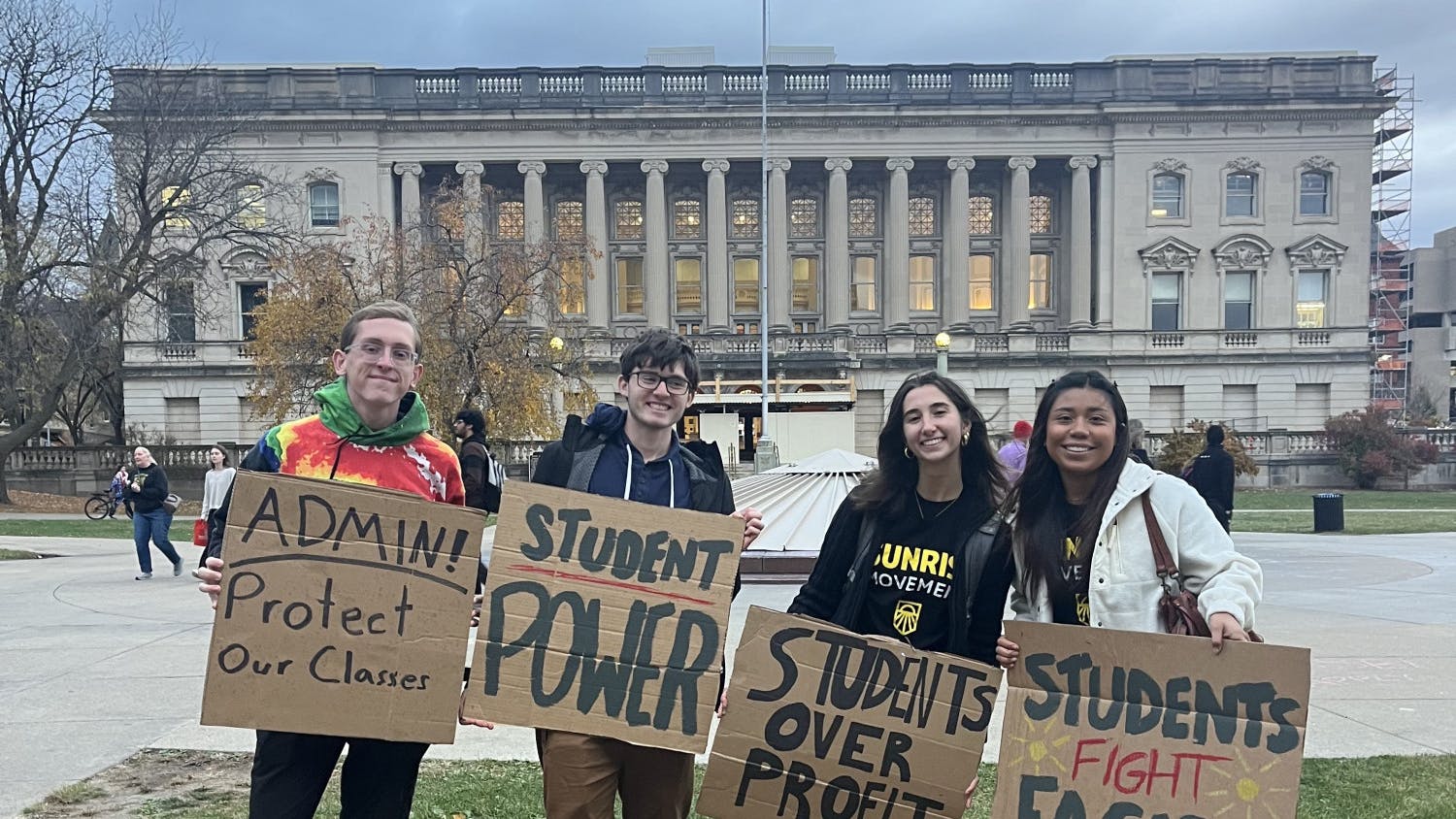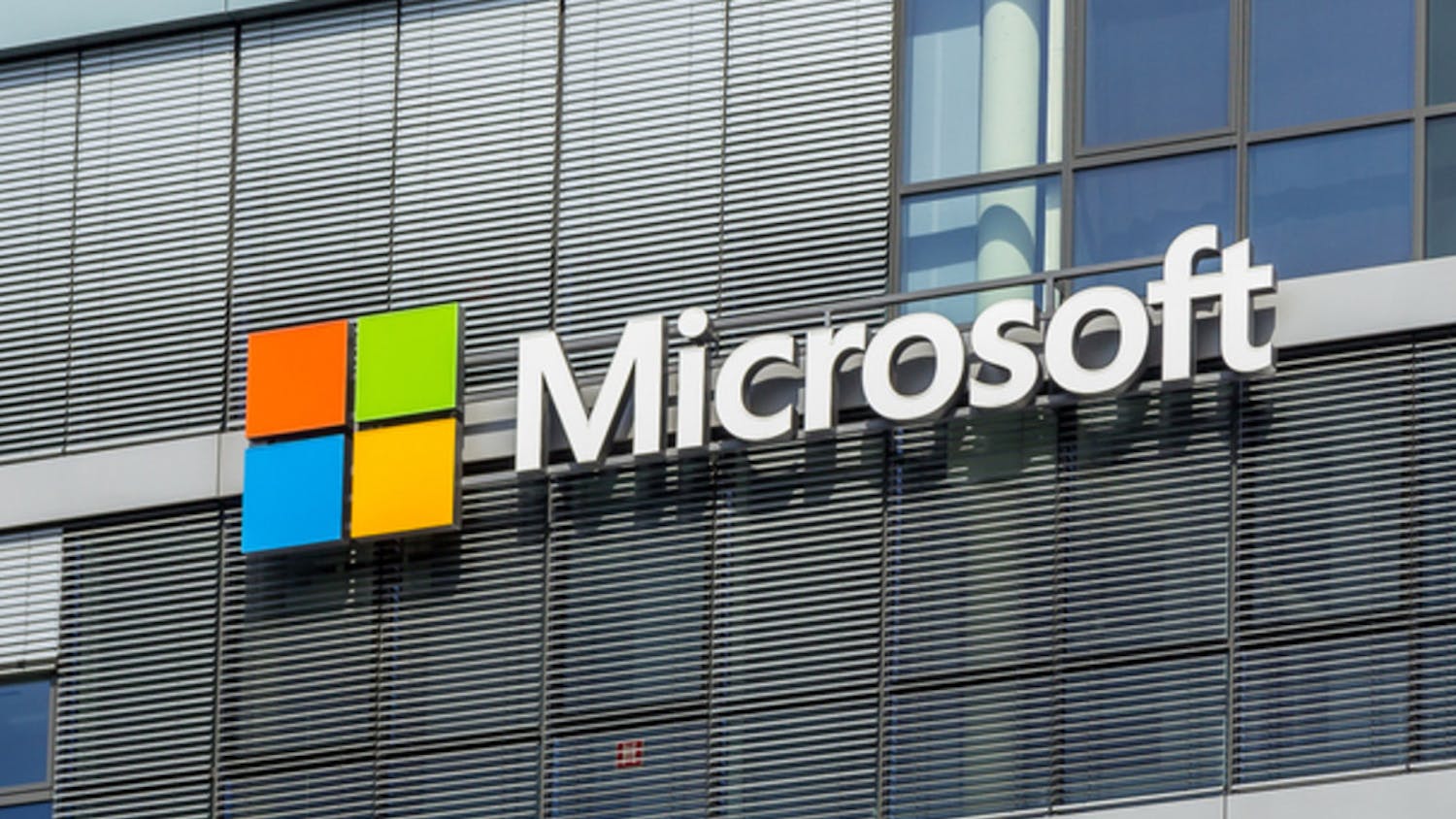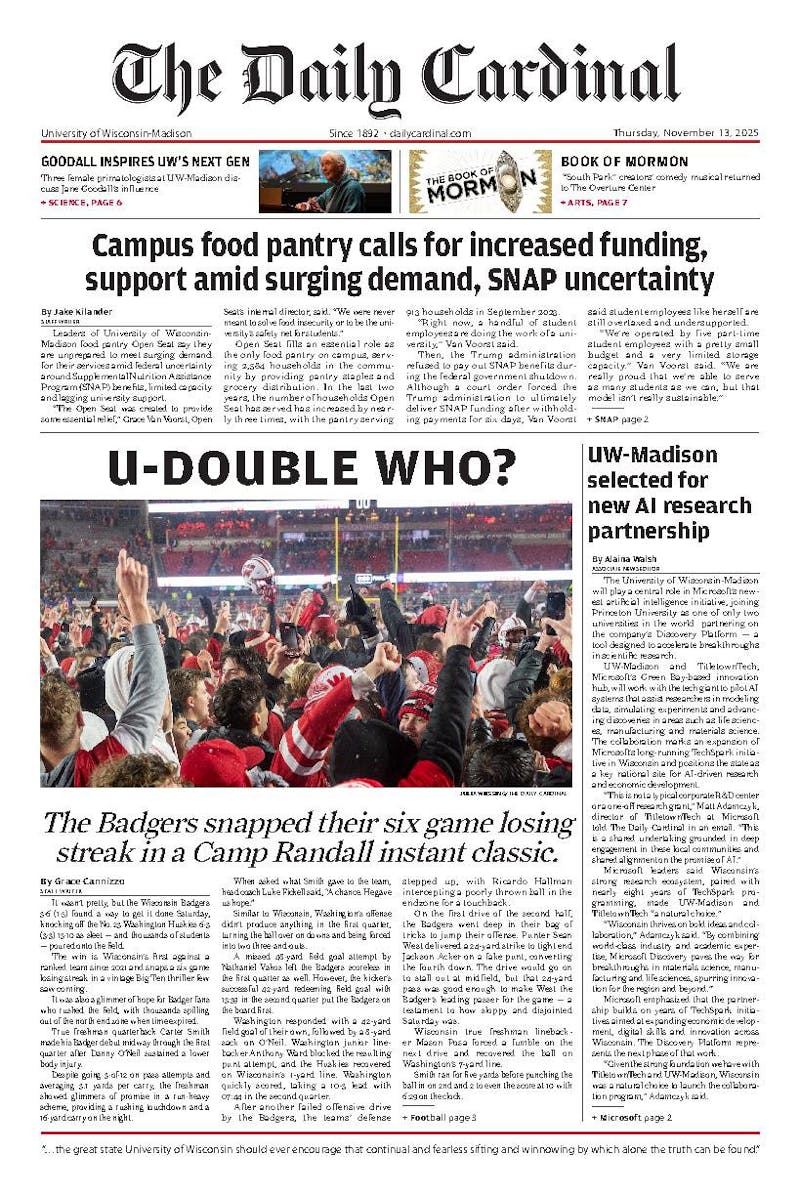Coal burning generators at the Blount Street Power Plant will be phased out within six years, according to a Madison Gas and Electric statement released late last week.
As part of the company's Energy 2015 plan, restructuring the Blount Street plant to operate on clean burning natural gas generators by 2011 represents the first of several long-term investments aimed at reducing pollution.
Despite being within federal and state emission standards, the plant drew significant public concern over its operations in recent months'and MG&E paid attention.
'MG&E should be commended for phasing out their coal generators at the Blount Street Plant,' state Representative Spencer Black, D-Madison, said.
Black currently sponsors state legislation requiring 10 percent of Wisconsin energy production to come from renewable sources.
'Airborne mercury from sources like Blount is the big concern here,' Black said. 'I think we need to take even broader steps to curb air pollution.'
The project will not be finished overnight, though, and specific conditions must be met in order to begin burning natural gas by 2011. New energy sources must be secured to replace Blount Street's coal energy output and areas of Dane County's power transmission system must be updated.
Despite MG&E's assurances that utility bills will not rise, the plan will be costly in dollars and jobs with around 70 positions being eliminated. Natural gas is also a more expensive fuel than coal.
'We understand that the economic side of environmental protection is tough, and while this does represent a victory for environmental groups, it's also a compromise,' said Josh Clements, co-coordinator of the WisPERG Environmental Big Red Go Green Campaign. 'MG&E can still change the specifics of the plan at their discretion and the real issues still lie in generating power from renewable sources.'
Economic incentive remains a key factor in environmental protection and investment, but preventative measures aimed at public health such as air and water quality are also important.
'From an urban planning perspective, air quality problems demand a reduction of automobile traffic and an increase in public transit such as light rail,' said James Lagro chair of Urban and Regional Planning at UW-Madison.
Lagro also cited new urbanist developments designed to allow schools and shopping centers to be within walking distance of residential neighborhoods.
'This type of planning depends upon where economic incentives permit, but public health should trump cost when air pollution can be linked to health problems,' Lagro said.





